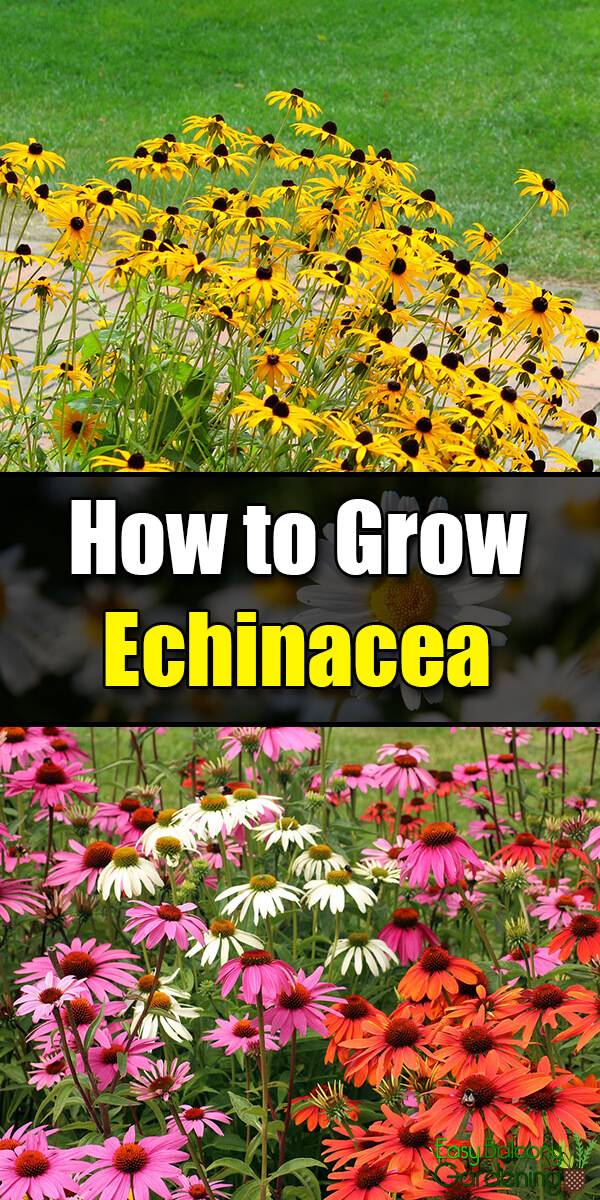The echinacea plant is low maintenance, long-lived, pest resistant, deer resistant, and drought tolerant. The same echinacea plant is widely reported as effective for both external and internal therapeutic applications. Likewise, it is the subject of varying reports on whether or not it aids people’s health. You, as the consumers, should decide for yourselves. Err on the side of caution.
Background
The echinacea plant is a herbaceous perennial, which is more popularly known as purple coneflower. It is from the genus echino translated as “spiny,” by reason of the spiny disk at its center. It grows up to 4 feet tall, and has cone-shaped purple florets. Florets have various hues of rose, purple, pink, white, and orange.
Propagation
Mature echinacea plants are known to expire without any good reason. Play it safe and occasionally take cuttings of new shoots. Separate the echinacea plants into clusters when the new growth appears in the spring
Cultivation
The echinacea plant can be grown quite easily from division, nursery stock, and seed. If using seeds from your own plants, wait for the blooms to dry out before cutting. Suspend the upturned heads until dry and crunchy. Using gloves for protection against the thorns, lightly hand-squeeze the heads. The echinacea plant thrives in well-drained soil and full sun to partial shade. It has average watering needs. Loosen the soil prior to mixing compost that is about 2 to 4 inches thick. A thin layer of compost and a 2” mulch layer should be reapplied every spring. When transplanting the echinacea plant, hollow out a space that is twice the container width. Carefully place the echinacea plant in the prepared hole, with the root ball level with the top of the soil. Lightly fill with soil and irrigate well. Cut the plants to the ground in the late winter after flowers have gone to seed.
Pests
The echinacea plant is prone to aphid and leafhopper infestation. However, there have been no major reports on either pests or diseases afflicting it. If you have a problem, use natural or organic pest control.
Good or Bad?
Whilst popular as a medicinal herb, there are conflicting reports as to whether echinacea is good or bad for the health. For example, some reports indicate that studies pointed to echinacea augmenting the bacteroides in the intestinal tracts of warm-blooded animals, and some indicate that it is well accepted in safety studies. Still others report that they do not really help with any viral infection and some indicate that echinacea might aid.
Use Precaution
Since the Federal Drug Administration does not have the same requirements for selling herbal remedies, it is up to the consumers to look after their own welfare. This is especially true if you are a pregnant or a nursing woman. In combination with the inconsistent reports on Echinacea comes common sense: people with medical conditions should not use herbal remedies without seeking professional medical advice. If you have been taking Echinacea and any other herbal supplements and feel that you are experiencing some side effects, rule them out. Your primary care physician can help you decide about Echinacea plants’ benefits for your individual case.









The yellow flower looks like a black eyed Susan to me!